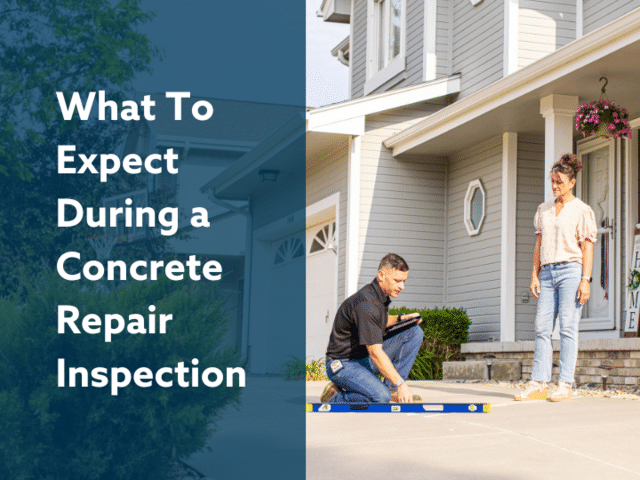FloodRing Water Tank Leak Protection System
Guard your home against water tank leaks and more with the FloodRing water tank leak protection system from Thrasher.
You may have personally experienced a leaking water heater in the past or you may have heard about it from a friend. Regardless of how you have heard about these types of issues the result of the leaking water heater or water tank is the same, a damaged and flooded basement. A leaking water heater is not typically a concern that home owners have until they experience the failure for themselves or learn the reality of the failure rate.
Many insurance companies estimate that about 35% to 40% of home owner insurance claims are for water damage. Of course, the water damage in the home can come from many different sources but one of the common sources of water damage is from a leaking or ruptured water tank and water heater.
The typical life span of a water heater is 8 to 12 years, but to reliably get to 12 years of service life you must properly maintain your water heater. This means doing yearly maintenance on your water heater. The recommended maintenance plan on a water heater is as follows.
-
Test the temperature-pressure relief valve.
a. Do this by quickly opening and discharging the relief valve 3 to 4 times, and then carefully observing for small water leaks. -
Examine the sacrificial anode rod.
a. This is done by loosening the hex head screw of the anode rod and then removing it. Inspect the rod to ensure it is still in proper working condition. Reinstall the rod if it is still operational or replace it if needed. -
Flush the sediment out of the tank.
a. To properly flush the sediment, you must first drain a quarter of the tank's water out. Then connect a garden hose to the drain outlet, and drain the tank. As you drain the tank new water will fill up the tank and flush out any sediment in the tank. Continue to drain the tank until clear water is discharging. (referenced this article: https://www.houselogic.com/organize-maintain/home-maintenance-tips/water-heater-maintenance/)
Most home owners do not regularly think about their water heater and almost never perform the annual maintenances on this appliance. The result is a neglected water heater that work great, until it simply doesn't. All to often the point of failure results in significant water damage. The typically clean up and repair costs from a water heater leak ranges from $2,000 to $10,000 and may even go higher based on the conditions of the home. Even though you likely have home owner's insurance, you will still need to pay a deductible. Typically, home insurance deductibles range from $1000 to $2000. Even after the deductible is paid, your insurance will most likely only cover the clean-up and repair costs of the damaged items and does not cover the replacement cost of the water heater or water tank itself.
The reason the clean-up and repair costs can be so high, is that a ruptured water heater or water tank, doesn't simply drain the water out of the tank and onto the floor and then stop. The system is designed to automatically refill. So as water is spilling onto your basement floor, the systems is trying to constantly refill the tank. The result is a never-ending supply of water spilling onto your floor. The leak will only stop once the homeowner realizes the issue and shuts the water off. It is easy to see how a leaking water heater or water tank can quickly escalate into significant problem in your home.
The FloodRing was specifically designed to help protect your home from this exact situation. The FloodRing is a simple design, but is a revolutionary solution to the ever-present risk of a leaking water heater. Simply put the FloodRing in conjunction with a WaterGuard waterproofing system, is the best protection you can provide for your home.
The patented FloodRing is a semi-circle plastic molding that surrounds the water heater or water tank and permanently affixes to the basement floor. The FloodRing creates a 4" tall barrier or damn around the water heater and traps all leaking water escaping from the water heater. Inside the FloodRing, a floor drain is installed to channel all leaking water to our patented WaterGaurd subsurface drainage system. Once to the WaterGuard the water is then channeled below the floor surface over to a sump pump where the water is collected and pumped to the exterior. FloodRing combined with our WaterGuard System and a TripleSafe Sump pump system creates and environment that is guaranteed to be dry. This simple but genius design of interconnected systems eliminates any fear you may have of a water heater or water tank failure.
Article Categories:




